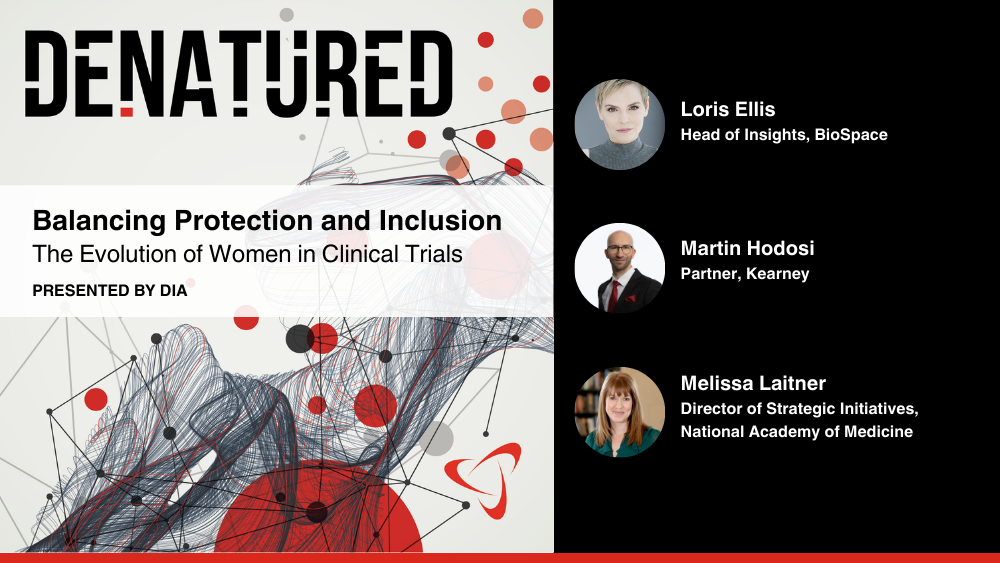Satsuma Pharmaceuticals, Inc., a clinical-stage biopharmaceutical company, reported completion of enrollment and randomization in its EMERGE pivotal Phase 3 efficacy trial of STS101 nasal powder) for the acute treatment of migraine.
SOUTH SAN FRANCISCO, Calif., June 01, 2020 (GLOBE NEWSWIRE) -- Satsuma Pharmaceuticals, Inc. (Nasdaq: STSA), a clinical-stage biopharmaceutical company, today reported completion of enrollment and randomization in its EMERGE pivotal Phase 3 efficacy trial of STS101 (dihydroergotamine (DHE) nasal powder) for the acute treatment of migraine.
Satsuma’s President and Chief Executive Officer, John Kollins commented, “We are very pleased to have achieved this important milestone. We look forward to reporting EMERGE topline results in the second half of this year that we anticipate will further underscore the differentiating features of STS101, including robust anti-migraine activity and favorable tolerability that result from achieving DHE blood levels within what we believe is an optimal therapeutic window.“
“In addition, despite COVID-19 headwinds, our team has executed well, and we continue to advance development of STS101 per our plan and timelines. We remain on track to intiate enrollment in Q3 in the second STS101 Phase 3 trial, an open-label, multiple-administration safety trial (the ASCEND trial) in which patients will acutely treat their migraine attacks with STS101 on an ongoing and as-needed basis.”
About the EMERGE trial and STS101 Clinical Program
Designed to evaluate the efficacy, safety, and tolerability of STS101 (DHE nasal powder) as an acute treatment for migraine, the EMERGE trial is a multi-center, randomized, double-blind, placebo-controlled, parallel group trial in more than 1,140 migraine patients that is being conducted at 121 sites located across 32 U.S. states. EMERGE is designed in accordance with U.S. FDA recommendations outlined in its 2018 guidance document, Migraine:Developing Drugs for Acute Treatment. Based on dialogue with the FDA, the Company believes that EMERGE, if successful, will fulfill the regulatory requirement for demonstration of STS101 efficacy.
After establishing eligibility during a 28-day screening period, EMERGE trial participants were randomized (1:1:1) to receive one of three treatments: STS101 3.9 mg, STS101 5.2 mg, or placebo and instructed to treat their next migraine attack of at least moderate pain severity with the allocated blinded study medication. Following randomization, trial participants have up to 56 days in which to treat a qualifying migraine attack; following treatment of a qualifying attack, patients return to their trial sites for a final follow-up visit.
The two co-primary endpoints of the EMERGE trial, both of which are assessed two hours following administration of study medication, are (1) freedom from pain, and (2) freedom from most bothersome symptom (MBS; from among photophobia, phonophobia, or nausea). Responder analyses will be conducted on these co-primary endpoints. The trial is powered at greater than 99% on the freedom from pain endpoint and at greater than 95% for the MBS endpoint.
In addition, EMERGE is designed to prospectively evaluate the efficacy of STS101 on a number of secondary endpoints and in patient subgroups that could significantly enhance the differentiated clinical profile of STS101.
The EMERGE trial is the first of two pivotal Phase 3 trials Satsuma plans to complete in support of STS101 registration. In Q3 2020, Satsuma plans to initiate an open-label, Phase 3 safety trial of STS101 (the ASCEND trial). The ASCEND trial will enroll up to approximately 300 patients who will acutely treat their migraines with STS101 on an ongoing and as-needed basis, with at least 150 patients completing 6 months of treatment and 50 completing 12 months of treatment.
The Company anticipates that data from the EMERGE trial, if successful, in conjunction with results from the ASCEND open-label safety trial, will support an New Drug Application filing in late 2021.
For further information regarding the STS101 Phase 3 EMERGE efficacy trial, see www.ClinicalTrials.gov, identifier NCT03901482: A Randomized, Double-Blind, Placebo-Controlled Study to Evaluate STS101 in the Acute Treatment of Migraine (EMERGE).
About Satsuma Pharmaceuticals and STS101
Satsuma Pharmaceuticals is a clinical-stage biopharmaceutical Company developing a novel therapeutic product for the acute treatment of migraine, STS101. STS101 is a drug-device combination of a proprietary dry-powder formulation of dihydroergotamine mesylate (DHE), which can be quickly and easily self-administered with a proprietary pre-filled, single-use, nasal delivery device. In developing STS101, Satsuma has applied proprietary nasal drug delivery, dry-powder formulation, and engineered drug particle technologies to create a compact, simple-to-use, non-injectable DHE product that can be rapidly self-administered in a matter of seconds. The Company believes STS101 would, if approved, be an attractive migraine treatment option for many patients and may enable a larger number of people with migraine to realize the long-recognized therapeutic benefits of DHE therapy. STS101 has undergone extensive pre-clinical development, completed a Phase 1 clinical trial, and is currently in Phase 3 development.
Satsuma is headquartered in South San Francisco, California with operations in both California and Research Triangle Park, North Carolina. For further information, please visit www.satsumarx.com.
Cautionary Note on Forward-Looking Statements
This press release contains forward-looking statements concerning the business, operations and financial performance and condition of Satsuma Pharmaceuticals, Inc. (the “Company”), as well as the Company’s plans, objectives and expectations for its business operations and financial performance and condition. Any statements contained herein that are not statements of historical facts may be deemed to be forward-looking statements. In some cases, you can identify forward-looking statements by terminology such as “aim,” “anticipate,” “assume,” “believe,” “contemplate,” “continue,” “could,” “due,” “estimate,” “expect,” “goal,” “intend,” “may,” “objective,” “plan,” “predict,” “potential,” “positioned,” “seek,” “should,” “target,” “will,” “would,” and other similar expressions that are predictions of or indicate future events and future trends, or the negative of these terms or other comparable terminology. These forward-looking statements include, but are not limited to, statements about the Company’s expectations regarding the potential safety and efficacy of STS101, the potential benefits of STS101, if approved; the Company’s clinical and regulatory development plans; the Company’s expectations with regard to the initiation and availability of data to be derived from its ongoing and planned Phase 3 clinical trials; and the timing and likelihood of regulatory filings and approvals for STS101. In light of these risks and uncertainties, the events or circumstances referred to in the forward-looking statements may not occur. The Company’s actual results could differ materially from those stated or implied in forward-looking statements due to a number of factors, including but not limited to, risks detailed in the Company’s Quarterly Report on Form 10-Q for the quarter ended March 31, 2020, filed with the Securities and Exchange Commission, as well as other documents that may be filed by the Company from time to time. In particular, the following factors, among others, could cause results to differ materially from those expressed or implied by such forward-looking statements: the Company’s ability to demonstrate sufficient evidence of efficacy and safety in its clinical trials of STS101; the results of preclinical and clinical studies may not be predictive of future results; and the risk that the COVID-19 worldwide pandemic may negatively impact the Company’s business, operations, clinical trials or ability to raise capital; the unpredictability of the regulatory process; regulatory developments in the United States and foreign countries; the costs of clinical trials may exceed expectations; and the Company’s ability to raise additional capital. Although the Company believes that the expectations reflected in the forward-looking statements are reasonable, it cannot guarantee that the events and circumstances reflected in the forward-looking statements will be achieved or occur, and the timing of events and circumstances and actual results could differ materially from those projected in the forward-looking statements. Accordingly, you should not place undue reliance on these forward-looking statements. All such statements speak only as of the date made, and the Company undertakes no obligation to update or revise publicly any forward-looking statements, whether as a result of new information, future events or otherwise.
This press release discusses STS101, a product candidate that is in clinical development, and which has not yet been approved for marketing by the U.S. Food and Drug Administration. No representation is made as to the safety or effectiveness of STS101 for the therapeutic use for which STS101 is being studied.
INVESTOR AND CORPORATE CONTACTS:
Corey Davis, PhD
LifeSci Advisors, LLC
cdavis@lifesciadvisors.com
Tom O’Neil, Chief Financial Officer
Satsuma Pharmaceuticals, Inc.
tom@satsumarx.com




